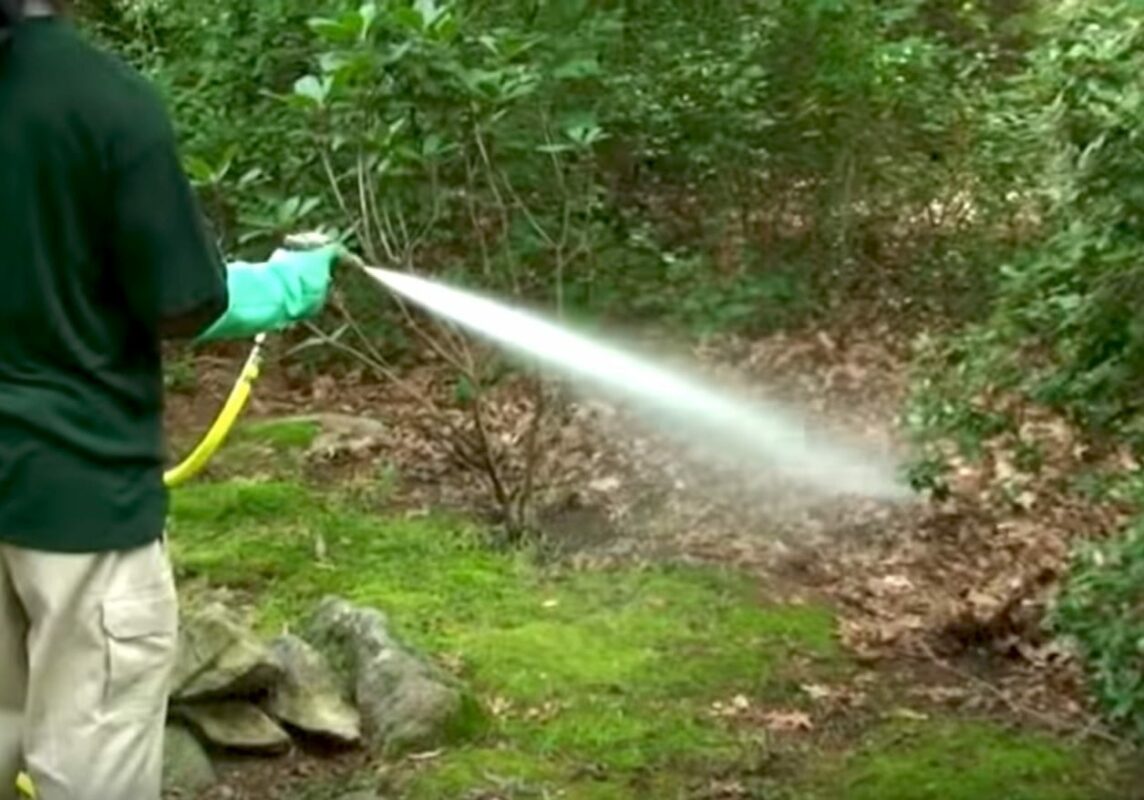Welcome to Babe Winkelman’s
Vector-Borne Disease Information Center
A complete guide on how you and your family can avoid the harmful and sometimes deadly effects of vector-borne diseases that can plague people’s lives for years!
Total Vector Protection
Vital information for preventing vector-borne diseases for you and your family with comprehensive protection of yourself and your home!

Daily Tick Check
- Daily tick checks are the simplest way to prevent tick-borne diseases. Watch our Video Guide
- GET NAKED and inspect every part of your body, especially constricted areas such as:
- Under your armpits
- Back of your knees, neck, & ears
- All around your waistline
- Ticks do not wash off in the shower.

Protective Clothing
- Tucking your pant legs into your socks is a great way to cover up exposed skin that ticks can latch onto.
- Ticks cannot jump, fly, or drop from trees. They crawl up onto tall vegetation and latch onto passing hosts.
- There is also a tick repellent that you can apply to any piece of clothing available. Learn More

Clothing Repellants
- DEET repellents alone are not enough to protect against tick bites. Ticks will simply move to an untreated area of the body
- Permethrin is more effective and kills ticks on contact and is a clothing-only repellent.
- See Our Guides on Treating Your Clothing with Permethrin.
- For maximum protection, combine the use of on-skin and clothing-only repellents
Protect Your Pet
Your pet will not think twice about jumping into a tick-infested area so take preventive measures first.
What can you do to ensure that your pet remains tick-free?
- Seresto® flea and tick collars for Dogs and cats can provide up to 8-months of protection.
- A monthly application of topical tick preventative pet products can reduce the chances of tick bites, but collars are more reliable.
- These products kill on contact and will stop your pet from bringing tick into your home.
- Immunization for Lyme disease combined with monthly tick preventive treatments will give your pet the maximum protection needed.
Be sure to groom and check your pets for ticks every time they come back inside the house.
Do you check your pet for ticks often enough?
- Always groom your pets after they come back into the house. It is much easier to feel for ticks rather than look for them.
- A very common way ticks access your home is being carried inside by your pet.
- Attached ticks are extremely difficult to see especially if covered by thick fur.
ROUTINELY TEST YOUR PET DURING TICK SEASON
Ticks can be equally as harmful to animals. If you know your dog has been exposed to ticks, test your dog about 4-6 weeks after the exposure.
Get your pet tested without a costly visit to the veterinarian!
- Early detection is key to making a full recovery
- The K9myLymeTest™ kit contains everything needed to collect a blood sample from your dog from the comfort of your home
- Don’t rely on seeing symptoms. Symptoms of Lyme may not appear for 2-5 months
Protect Your Home

Perimeter Sprays
- High-Pressure perimeter sprays are the most effective way to penetrate deep into leaf litter and prevent ticks from invading your yard.
- Consumer low-pressure sprays are not effective. Hire a professional who has access to a high-pressure sprayer.
- We recommend perimeter sprays at least twice a year: In mid-May and again in mid-October.
Learn More About Perimeter Sprays

Remove Tick Habitat
- Ticks are NOT usually found in the middle of your yard. They live on the borders: In wooded areas, plants, and gardens that are shaded.
- Trimming shrubs and low branches while also removing ground leaves will make it harder for ticks to survive in and around your yard.
- Ticks prefer shaded areas and are more active on days with high humidity.

Treat Host Animals
- Deer carry ticks to your yard and mice are the primary source of the disease-causing pathogens that are transmitted via ticks.
